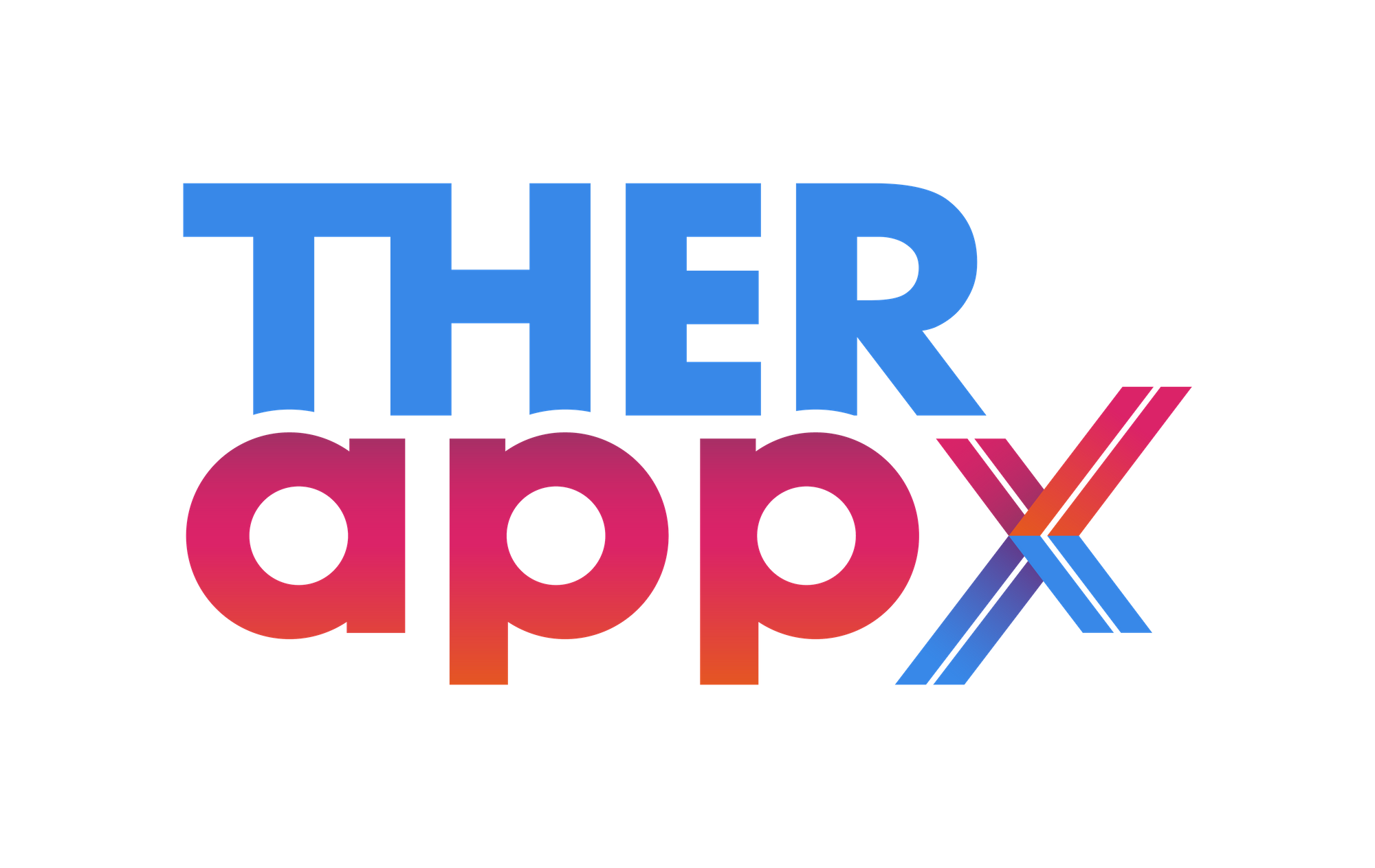Cognitive Restructuring Through Digital Technology: Is It Possible?
Cognitive restructuring is an essential technique in the arsenal of psychotherapists, but which is now embedded in several digital tools! Is digital restructuring possible? How can digital technologies be used to assist psychotherapy? Let's find out!

Digital tools for mental health are incorporating more and more techniques used by psychotherapists. Here, I decided to introduce three tools that support cognitive restructuring. In 2019, this technique was used in about 30% of digital tools for depression and 12% of tools for anxiety (Wasil, Venturo-Conerly, Shingleton, & Weisz, 2019). Is such cognitive structuring with digital tools really possible? More importantly, can psychotherapists benefit from these tools in their practice? Let's find out!
What is cognitive restructuring?
Cognitive restructuring is a process that aims to more easily identify the thoughts that are associated with distress, and then to question them. These thoughts are often distortions of reality, or thinking traps. The goal is to replace these anxiety-provoking or difficult thoughts with more realistic ones. Used with empathy and caution to avoid invalidation, cognitive restructuring is an indispensable therapeutic technique in the arsenal of the cognitive-behavioral psychotherapist. The goal is not to downplay thoughts, but rather to highlight how certain interpretations can in fact aggravate or even maintain difficulties and distress. In psychotherapy, trust and a sense of collaboration in the relation are key elements for the success of cognitive restructuring and the skills of the psychotherapist are acquired with a lot of practice! Knowing this, is it possible to initiate a cognitive restructuring process without the help of a professional, with a digital tool?
Start a digital process yourself!
The universe of digital tools is booming! Several tools are now available, in just a few clicks, to help with well-being and mental health. What does cognitive restructuring look like in the tools available to everyone?
MoodTools (v2.4.2)
In the form of a thought journal, MoodTools allows you to record your experience at any time of the day, step by step. If needed, I can read the instructions which detail how to complete my entry. I first describe what is happening at the moment, select the emotions I feel from a pre-established list and rate my distress on a scale of 0 to 10. I then note my negative thoughts and the cognitive distortions that characterize these thoughts, using a pre-established list. I think and write down alternative interpretations, then I finally report my distress on the same scale of 0-10. With practice over days and weeks, my distress at the end of the exercise should be less than my initial distress.
Moodfit (v2.20.2)
The way Moodfit works is very similar to that of MoodTools. The tool allows me to describe what is happening using a journal, to note my negative thoughts and the emotions that arise as a result of those thoughts. Unlike MoodTools, there is no pre-established list that can help me name the emotions I am feeling, which would have helped certain people better use the tool. However, such a list is present for cognitive distortions and the tool even suggests tips for adopting alternative thoughts. It’s handy! After noting alternative thoughts, the tool prompts me again to report my feelings. However, there is no scale for rating intensity, which would have made it easier for me to recognize whether the exercise is a success.
WellTrack
WellTrack is a comprehensive self-care tool available through the recommendation of a professional associated with the program or free of charge to any Canadian by creating a profile on Wellness Together Canada. The way WellTrack works is not that different from the other two tools. I am invited to describe the event, to make a list of my feelings (without a pre-established lexicon) and to rate the intensity of each of them. The tool then allows my thoughts to be recorded and each rated on a scale ranging from “not at all likely” to “totally true”. It is already helping me to take a more open look at the truth of my thoughts. After identifying the distortions that characterize each thought and a few arguments that put them to the test of reality, the tool offers me to create an action plan to better deal with similar situations in the future.
In the end, is it a good idea?
These three digital tools share a similar, but slightly different vision of cognitive restructuring. In general, everyone teaches the fundamentals of the process and a few concrete examples are offered, but that seems incomplete to me in order to promote lasting changes. Although Moodfit explains the rational of cognitive restructuring, the tool notes that its use should not be a substitute for techniques used by a psychotherapist. Indeed, I agree. This is not digital therapy.
Digital tools can still be beneficial to people who have already undergone psychotherapy, who are familiar with the exercise and whose use of the tool allows them to maintain or practice what they have learned. Along with a structured self-care program like WellTrack, digital cognitive restructuring could also be possible, since it is incorporated into a more comprehensive care offering.
I would not recommend the use of digital tools with cognitive restructuring features to people experiencing high levels of distress related to their thoughts and feelings.
Digital technology to assist psychotherapists!
Where digital tools can be particularly useful is for psychotherapists. Cognitive restructuring does not take place in a single session, but rather over time. Very often, psychotherapists who undertake to restructure the thoughts of their clients or patients use self-observation grids, which become more complex as they learn. Why not replace the paper self-observation grids, which are often forgotten at home or eaten by the dog, with a digital tool that is permanently accessible in two clicks? Some tools, such as MoodTools and Moodfit, even allow journal entries to be sent by email, so the psychotherapist can leverage this functionality if he or she wishes. It is also possible to complete only part of the journal entry, allowing for the development of increasingly complex exercises.
The advantage of using a digital tool with the assistance of a psychotherapist is the possibility of using the therapeutic relationship and the sense of collaboration in order to promote adherence to the digital tool. The professional is also there to do psychoeducation and gradually supervise the cognitive restructuring process. As we have seen, digital tools are sometimes very limited in terms of explanations and guidance for the restructuring exercise, which can generate confusion and frustration, or even a feeling of invalidation. Cognitive restructuring is not intended to replace difficult thoughts with positive ones, nor to adopt a moralistic or persuasive speech. Digital tools may makes it easy to fall into these traps and perceive cognitive restructuring for what it is not. The assistance of a psychotherapist may therefore be appropriate to avoid these pitfalls.
Finally, having been trained in psychotherapy myself, I must confess that the availability of a digital tool to remind me the different cognitive distortions is very useful! Oops…
To continue the discussion, join us on our community and create a free TherAppX profile!
Wasil, A. R., Venturo-Conerly, K. E., Shingleton, R. M., & Weisz, J. R. (2019). A review of popular smartphone apps for depression and anxiety: Assessing the inclusion of evidence-based content. Behaviour research and therapy, 123, 103498. doi: 10.1016/j.brat.2019.103498

